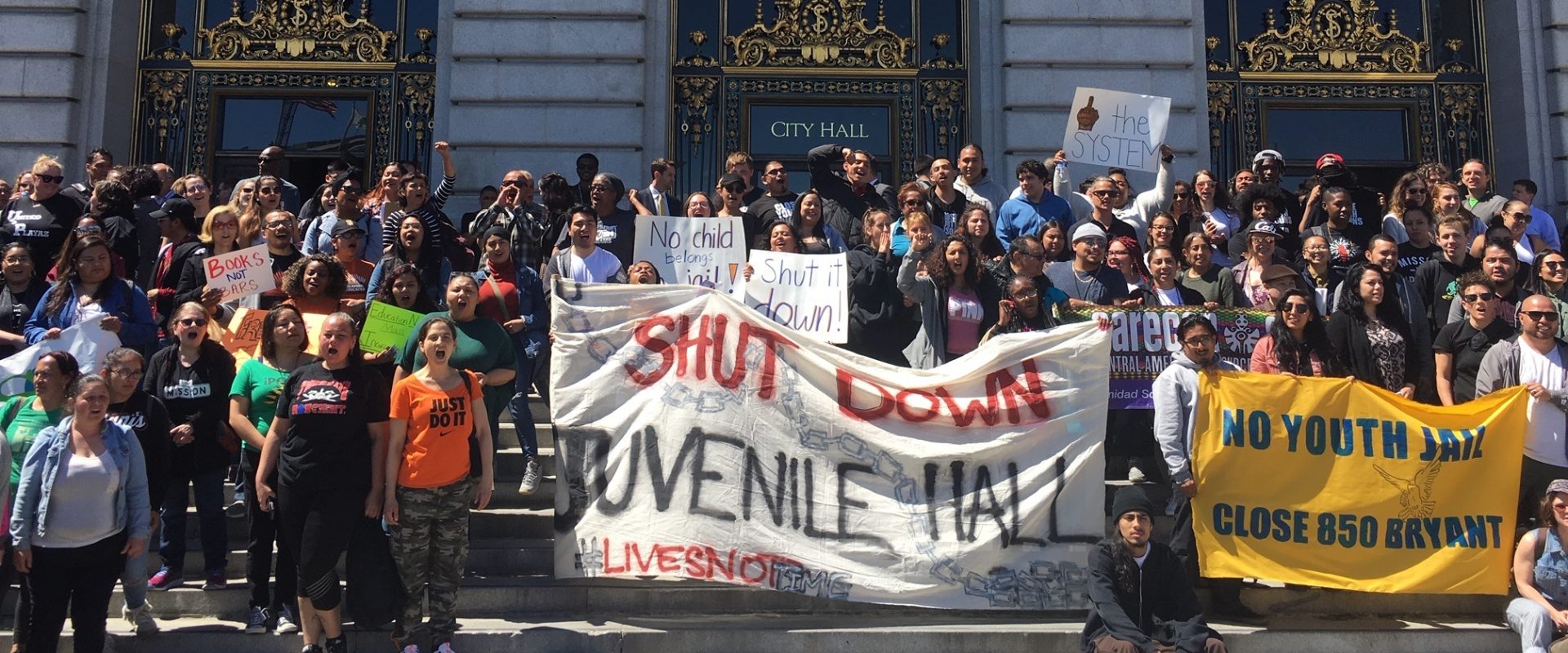Justice-involved youth have complex histories that not only contributed to their delinquency but present challenges for rehabilitation. These compound factors exacerbate a lack of self-confidence, learning difficulties, physical disabilities, and mental health issues.
Blog Jan 31, 2013
CJCJ presents at WSC Conference 2013
On Saturday, February 9, 2013, CJCJ will present at the Western Society of Criminology Annual Conference in Berkeley, CA.
NCCD President Alex Busansky facilitated a conversation, between San Francisco District Attorney George Gascón and Philadelphia District Attorney Seth Williams, on recent justice reforms in their respective jurisdictions. The topic is of particular relevance to reform-minded criminal justice professionals, given the transformational role prosecutors can play.
On January 23, 2013, the San Francisco Police Commission held a public hearing to discuss the city’s arrest data. The result was a refreshing openness to examining the city’s arrest trends for racial disparities and a willingness to work with independent researchers in the community.
Blog Jan 24, 2013
Community-based practices that repair harm
In the field of juvenile and criminal justice you often hear a buzzing in your ears and it’s the sound of buzz words like “restorative justice.” Words highlighting model practices are often utilized widely in this field, but what do these practices really mean. What do these practices really look like when implemented in the community?
